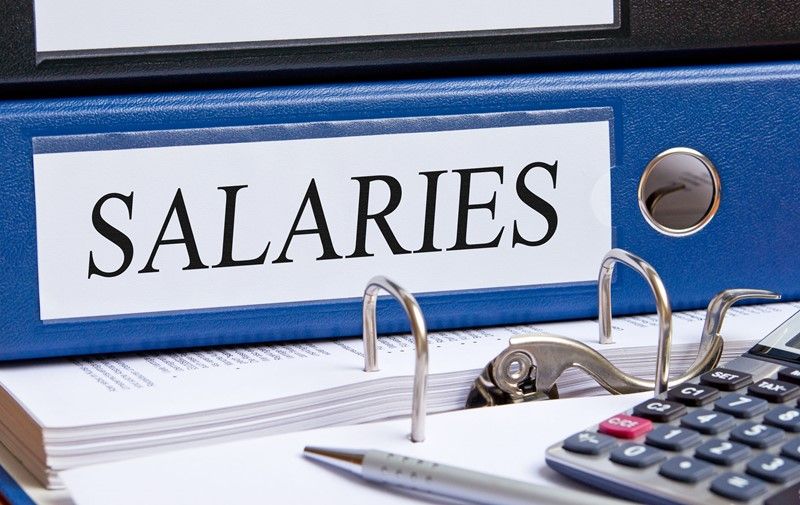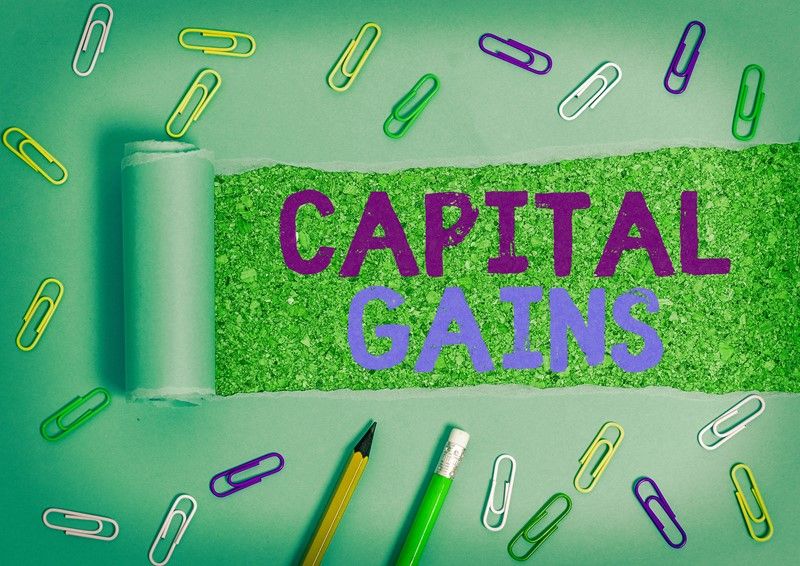R & D clearance consultation
Following the Spring Statement, HMRC is inviting feedback on the idea of expanding the use of advance clearances for R&D tax reliefs, aiming to reduce errors and fraud, provide businesses with more certainty, and make the overall process smoother for taxpayers.
This R & D clearance consultation will explore whether an advance clearance system could achieve these objectives and how it might be structured. The consultation is open for comments until 26 May 2025, and responses are welcomed from businesses that currently claim or plan to claim Research and Development reliefs, as well as industry groups and agents.
The consultation focuses on three main goals:
- Reducing errors and fraud
- Improving the customer experience
- Providing certainty to businesses
HMRC is clear that R&D tax reliefs should be simple to access, predictable, and provide clear assurance to legitimate claimants. This clarity is crucial for businesses to plan effectively and increase their R&D investments. While these goals are separate, they are closely connected.
HMRC acknowledges that the current voluntary R&D 'advance assurance' process hasn’t been as widely adopted as anticipated. The consultation will also look into whether voluntary or mandatory assurances would be more beneficial and outlines the various options under consideration.
In addition, a separate consultation has been launched to explore a new process that would offer increased tax certainty upfront for large-scale projects. This consultation will close on 17 June 2025.




